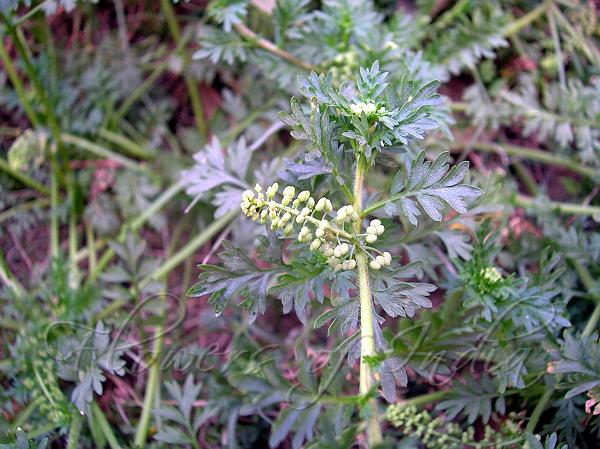|
| Bitter Cress |
|

|

| File size | 852476 |
| Original date | 1/3/08 3:56 PM |
| Resolution | 2048 x 1536 |
| Flash | Flash did not fire, auto |
| Focal length | 8.0mm |
| Exposure time | 1/29s |
| Aperture | 3.2 |
| Focus Distance | |
| Metering Mode | Partial |
| Camera make | NIKON |
| Camera model | E3700 |
| Sensor type |
|
|
|
|
Photo: |
Botanical name: Lepidium didymum Family: Brassicaceae (Mustard family)
Synonyms: Coronopus didymus
Synonyms: Coronopus didymus
Lesser Swinecress is a foul smelling plant. Stems
trailing or rising up, multiple from the base, radiating from a
central point, from a long taproot, to 30 cm long, herbaceous, smooth,
green. Leaves are alternately arranged, stalked, pinnate, up to 4-5 cm long,
2 cm broad,
hairless. Divisions of the leaves are opposite, lobed or divided again,
pointed, linear-elliptic to linear oblong. Apices of ultimate divisions
with a somewhat hardened point. There is a rosette of leaves at the
base. Rosette leaves are stalked, 6-10 x 1.5-2 cm; stem leaves smaller,
usually pinnately divided, rarely 2-pinnatifid, 1-4 x 0.5-1.5 cm. Small
raceme up to 4 cm long, opposite one of the stem leaves, compact in flower,
quickly elongating in fruit. Flowers are greenish, minute. Petals
absent. Sepals 4, to 1 mm long, 0.75 mm broad. An objectionable flavor
is found in the milk of dairy cattle which graze on pastures infested
with Bitter Cress. Bitter Cress is native to South America, but now
naturalized world over.
| Identification credit: Anurag Rawat | Photographed in Delhi. |
• Is this flower misidentified? If yes,